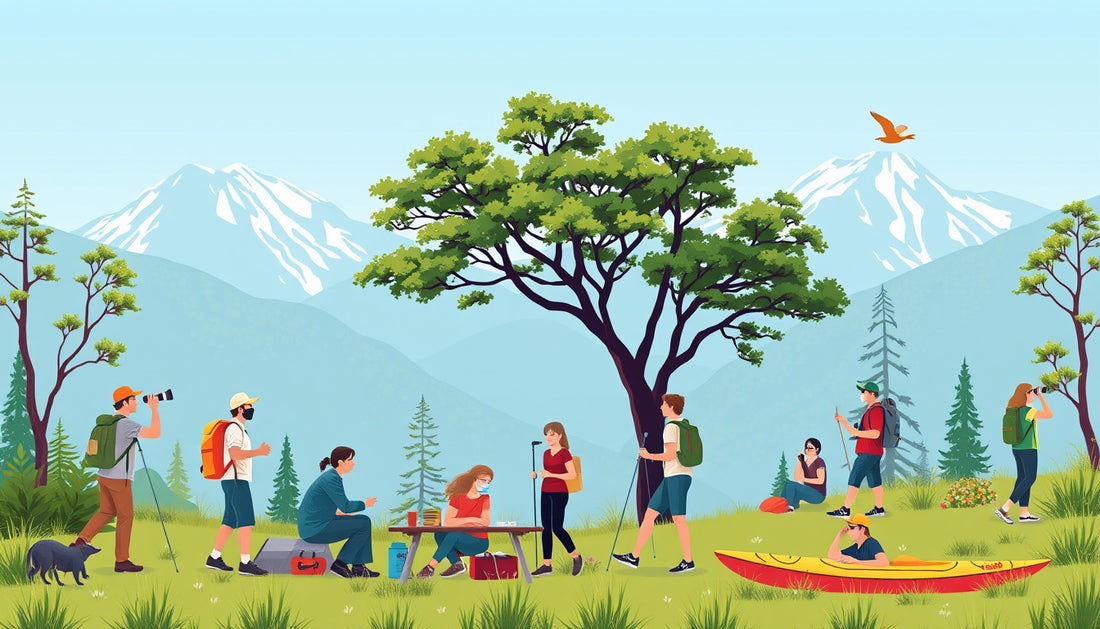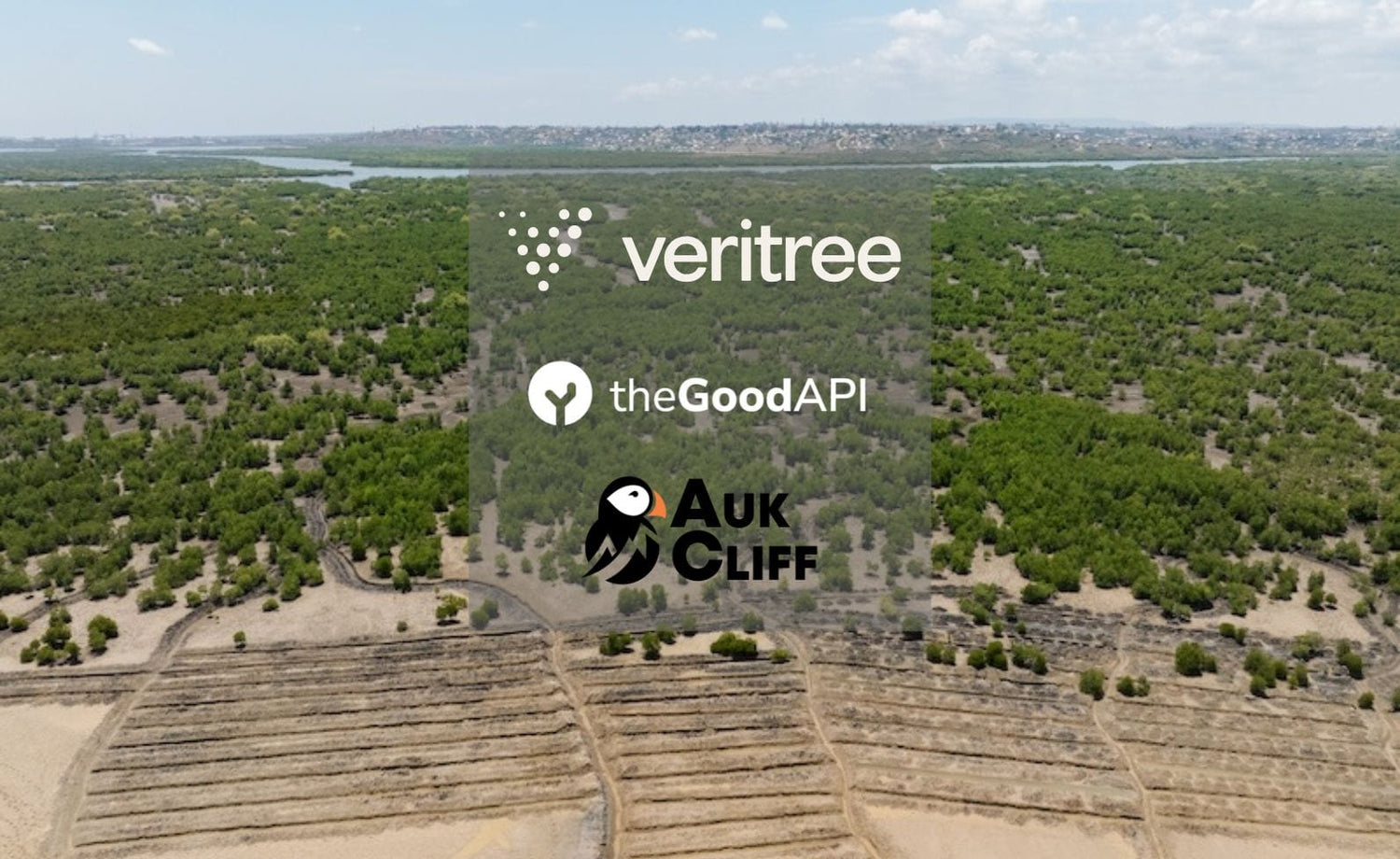
Navigating Nature: Creative Ways to Adapt Your Outdoor Plans for COVID-19 Safety
Share

The COVID-19 pandemic has dramatically changed how we experience the great outdoors. As outdoor enthusiasts, we crave the freshness of the air, the serenity of nature, and the sense of adventure that hiking, camping, or simply visiting a local park brings. However, we must adapt our outdoor activities to ensure the safety of ourselves and others in this new reality. This blog is for anyone who loves the outdoors—families, solo adventurers, and friends seeking fresh air—all looking to balance their passion for nature with health and safety.
Why Outdoor Activities Matter Now More Than Ever
Research shows that spending time outdoors can boost mental health, reduce stress, and promote overall well-being. A survey conducted by the Outdoor Industry Association in the fall of 2020 found that 67% of Americans reported that outdoor activities made them feel connected to ourselves and those around us during the pandemic. Connecting with nature is vital, so how can you sustainably engage without compromising safety? Here are some practical ideas!
1. Choose Less Crowded Locations
Data Snapshot:
- Popular outdoor areas have seen visitor increases of up to 150% during the pandemic.
- Peak times at popular locations often attract crowds, raising the risk of virus transmission.
Have you ever felt overwhelmed by the crowds at certain parks or nature trails? The desire to escape into nature and the surge in popularity of outdoor spaces means that places that once felt secluded can be densely populated. Opt for lesser-known trails, local parks, or nature reserves. This might mean venturing a little further from home, but the tranquility will be worth it, providing a safer experience for you and your companions.
2. Embrace Virtual Adventures
“Sometimes the best adventures happen in your own hallway.” – A Nature Enthusiast Friend
Have you considered exploring nature other than stepping out your front door? With many programs moving online, you can take part in virtual hikes, guided nature walks, or even workshops with naturalists from around the globe. Platforms like National Geographic and local parks are offering online tours, providing you the opportunity to learn about wildlife, flora, and conservation from the comfort of your home.
3. Plan Picnic Gatherings with Healthy Guidelines
- Outdoor gatherings with friends can be conducted safely when guidelines are followed.
- The CDC states that outdoor activities carry a lower risk of COVID-19 transmission.
What’s more enjoyable than enjoying a meal surrounded by nature? Planning a picnic can be the perfect way to reconnect with friends. Encourage potluck-style sharing—where each person brings their own meal in individual containers—allowing everyone to enjoy a meal together safely. Choose parks with ample space to spread out, ensuring everyone has room to maintain social distancing.
4. Engage in Solo or Family Activities
“Nature is not a place to visit. It is home.” – Gary Snyder, Poet
Have you thought about the serenity of solo outings? Walking, biking, or paddling alone or with your immediate family allows for a deepened connection with nature. This approach minimizes interactions and promotes mindfulness. Grab your kayak, hit the bike trails, or embark on a trail run—all while covering the same distance many times over, but with vastly different perspectives.
5. Prioritize Local Conservation Efforts
- Volunteerism in outdoor spaces enhances community ties while providing personal satisfaction.
- Many local organizations have adapted their conservation efforts to maintain safety.
Why not take your love for the outdoors a step further? Focus on local environmental initiatives. Many organizations need volunteers to help clean up parks, plant trees, or manage local wildlife. Engaging in these efforts not only benefits nature but fosters a sense of community and purpose during a challenging time.
Conclusion: Adapt, Embrace, and Protect
Adapting your outdoor plans doesn’t mean sacrificing your love for nature; it can enhance your connection with the environment while also prioritizing health and safety. By exploring less crowded areas, enjoying virtual experiences, hosting safe picnics, engaging in solo activities, and participating in conservation efforts, we can continue to nurture our relationship with the great outdoors.
Call to Action: How will you adapt your outdoor plans to safely connect with nature in this ongoing pandemic? Share your ideas in the comments below, and let’s inspire one another to keep our outdoor spirits high while safeguarding our communities. Remember, nature is always waiting for us to return!






